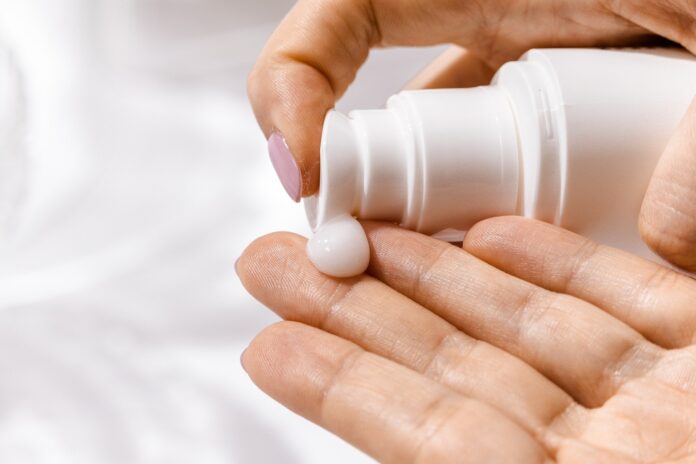Sunscreen is one of the most widely used skincare products around the world. It is also recommended by dermatologists due to its protective properties against the UVA, UVB, and UVC rays of the sun which can cause melasma, dark spots, and hyperpigmentation, wrinkles, premature aging by increasing cellular aging as well as skin cancer.
Due to its multiple benefits, it is often deemed as the most fundamental part of a skincare routine. However, there has been much controversy around specific ingredients used in many of the sunscreen formulations, leading to a number of studies suggesting some sunscreens may themselves contribute to forms of cancer.
For instance, a new study published in the journal Oncotarget suggests that a chemical is known as benzophenone-3 (BP-3), which is common not only in sunscreens but many other skincare productions may have an association with tumors on the mammary glands.
Prior to this research, several reports have already highlighted the negative effects of benzophenone-3. It is also widely known to be an endocrine-disrupting chemical (EDC) and linked to a number of health conditions such as PCOS, diabetes, obesity, and endometriosis.
Although the data on EDCs is limited, the Endocrine Society suggests testing the chemicals before adding them to products and releasing them into the environment. However, a report that looked at BP-3 from 2003 to 2013 in the US found it in ninety-six percent of the local population.
Also Read: Fear of Needles May Keep People from Getting Coronavirus Vaccine
While BP-3 in controlled quantities is not harmful, high exposure from too much usage and re-application of sunscreen may potentially be toxic. Not only can it eventually affect the skin but other systems in the body.
The researchers in the new study had previously investigated a link between mammary gland tumors, a diet high in saturated fats, and estrogen in animals. Since BP-3 also affects estrogen in the body, they were interested in seeing how it impacts the tumors when combined with a high-fat diet.
To do so, they looked at mice who were divided into three groups. The first group had a low-fat diet, the second received a high-fat diet, and the third had a high-fat diet before puberty and a low-fat diet afterward.
The three groups were also further divided into two sub-groups. One out of the two sub-groups also had high levels of BP-3 in their diets. All mice in these sub-groups had developed tumors similar to spindle cell and mammary gland tumors in humans at the end of this study.
While the findings are important in understanding the development of mammary gland tumors, they are also very complex. For instance, the researchers also found that BP-3 also provided protection from tumors in some cases but also made spindle cell tumors more aggressive at the same time.
Therefore, further investigation is needed to know more about the complex relationship between BP-3 exposure, estrogen, a high-fat diet, and the risk of developing tumors.
Till then, people are generally recommended to try and opt for sunscreens without BP-3 and go for mineral sunscreens instead of chemicals ones. Consulting a dermatologist or an esthetician can be significantly helpful when choosing the right skincare products.




